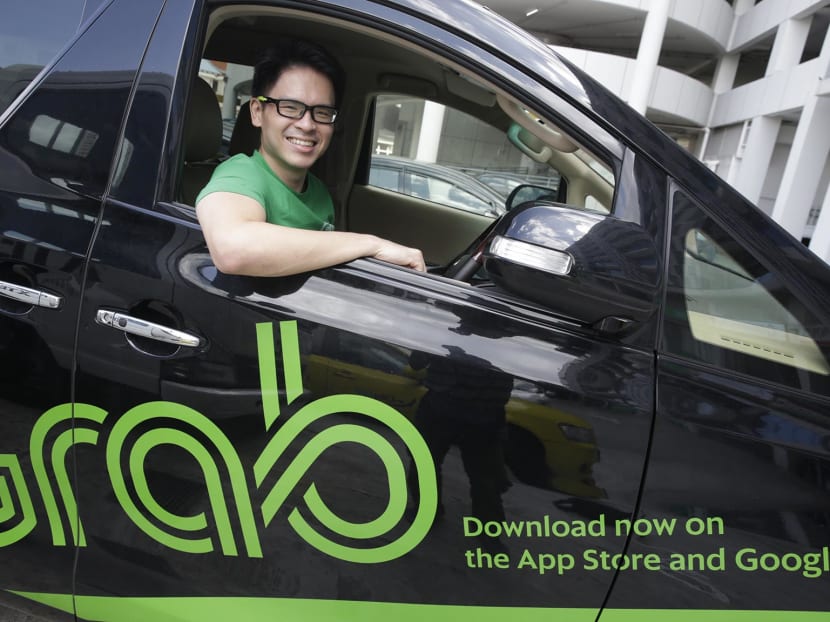GrabPay to allow credit transfers between users
SINGAPORE — By next month, Grab users will be able to transfer GrabPay credits to other users, paving the way for greater uptake of the company’s payments platform, which it ultimately hopes will be used for shopping and other transactions.

Grab’s Singapore country head Lim Kell Jay says Grab users will be able to transfer GrabPay credits to other users by September. Photo: Wee Teck Hian/TODAY
SINGAPORE — By next month, Grab users will be able to transfer GrabPay credits to other users, paving the way for greater uptake of the company’s payments platform, which it ultimately hopes will be used for shopping and other transactions.
The new feature will allow employers to allocate credits to their employees for travel, or parents to their children. Each user may have up to S$999 in GrabPay Credits.
The “peer-to-peer transfer” can be conducted through a mobile number tagged to a user’s Grab account, said Grab’s Singapore country head Lim Kell Jay, 34. “It is particularly useful for commuters who don’t have a credit card … and it will allow them to also enjoy cashless payments,” he said. Not all commuters would wish to disclose their credit card information, he added.
The credit-transfer feature will be tested among a small group of riders before a bigger roll-out. The aim: To get more people to use GrabPay.
The ride-hailing giant’s longer-term ambition for GrabPay — which allows commuters to pay for Grab rides using their mobile devices — is for it to become a payments platform for “everything … outside transport”.
For this to happen, adoption is key, said Mr Lim.
The opportunity in the region for payments — valued at about US$500 billion (S$681 billion) — is “multiple times bigger” than that for transport. “There’s no single dominant player in that space yet,” Mr Lim added.
Grab recently announced it was raising US$2.5 billion in a record round of new fund-raising, and payments and transport are two key areas it will focus on, said Mr Lim.
Experts told TODAY that a payment platform’s success hinges upon its acceptance by merchants as well as other users. GrabPay has a long way to go because “without widespread merchant acceptance, this is good for settling accounts with friends who want transport services, but not so good otherwise”, said transport economist Walter Theseira of the Singapore University of Social Sciences.
Agreeing, Assistant Professor Terence Fan, a transport specialist with the Singapore Management University, said the public may not be comfortable using a payments platform if few merchants are on it. “It’s important for Grab to try to expand this quickly,” he said.
Dr Theseira noted the potential for GrabPay’s growth in emerging South-east Asian markets, where millions do not do banking or are served poorly by traditional banks.
In Singapore, plans are afoot for the public transport system to be cashless by 2020. Last Friday, the Land Transport Authority and its subsidiary TransitLink announced that cash payments or top-ups for public transport services would be phased out by 2020. For starters, cash top-ups at the passenger service centres will be terminated from Sept 1 at 11 train stations, including Pasir Ris and Buona Vista.








